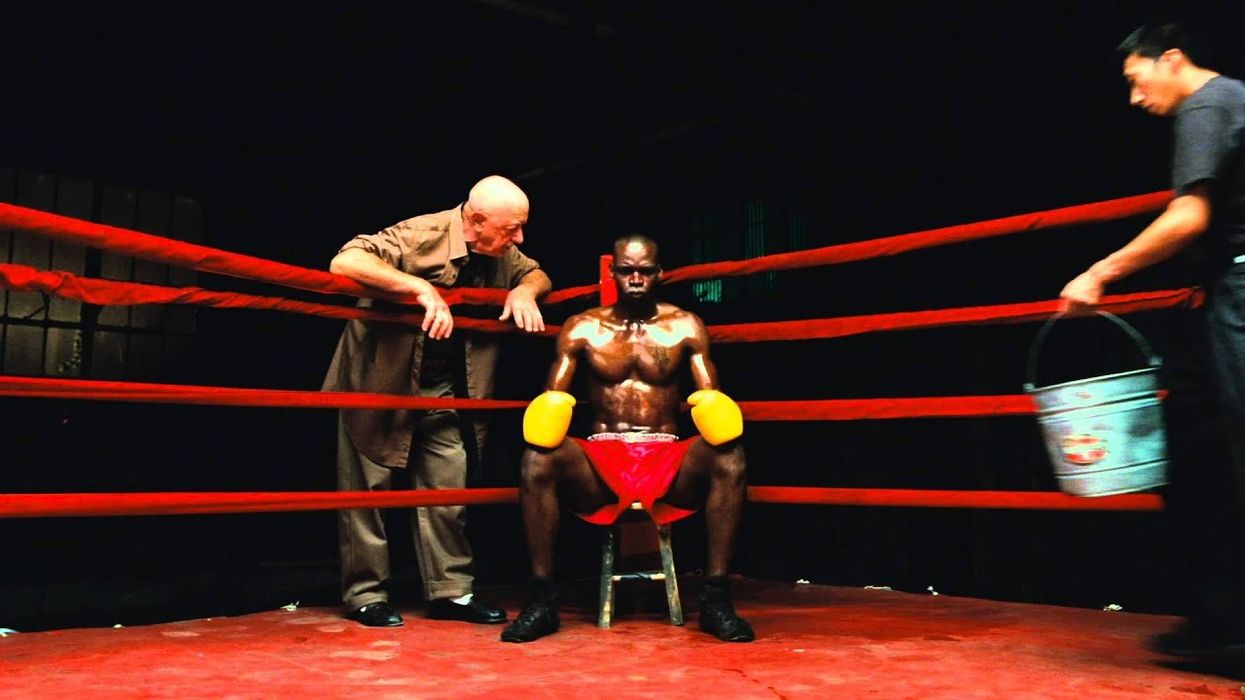How Kodak Film Stocks Still Define the Digital Camera World
Here's everything you ever wanted to know about how Kodak film is made and how it fathered the digital look.

Like many of your annoying friends on Instagram, I’m guilty of taking on “analog photography” as a hobby during the most locked-down days of the pandemic. Despite having a background in video production and having gone to film school, I had never actually done any project whatsoever with actual film stock.
(Sadly, the grade before me at film school was the last to take a 16mm workshop, as our cohort was the first to only work strictly with digital.)
However, while I do apologize for the out-of-focus and poorly composed first images, which I scanned and developed and of course immediately posted to Instagram, I do not apologize for wanting to learn more about how film actually works.
And while that will stay an ongoing quest (until I get bored or my social media friends all unfollow me), it’s unlocked a new fascination for learning everything one can about how film stocks are made—and what lessons we can learn for our own film and video projects by exploring how they work.
So, How Is Film Stock Actually Made?
Lucky for me (and for you reading this article, as well), other more-connected creators have asked this same question. Take, for example, this great video series put out by SmarterEveryDay, where we get to actually join along for a tour of a factory tour at Kodak.
There’s a lot to cover in this video series (especially with this first installment coming in at almost an hour of content). However, it’s chock-full of great information and insights into this mysterious film-to-photo process which is truly fascinating for folks like me who weren’t lucky enough to grow up around any of this processing.
The video does a great job of exploring how specific elements of film stock are developed at Kodak. All the way from the support, to the different elements of light sensitivity, to even how the film is packaged and shipped. Unlike the digital medium, film stock is a chemical process that is prone to expire over time or be ruined by light exposure and high (or low) temperatures. But the beauty of film is in how it evolves over time, much like a living, breathing organism. Give it more light, process it for a different amount of time, or even shoot on expired film, and the reaction you get will be different. It is one part art, one part science.
Working with Light-Sensitive Coating
In part two, which was just released, we pick up where part one leaves off. It takes us further into the world of coatings and how different light sensitivities are developed for your different stocks. Since this part of the tour showcases elements of this light-sensitive coating, everything is (of course) meant to be done in a pitch-black space and with the absence of any light which might expose your in-production film stock.
Having spoken with a few friends who have experimented with setting up their own darkrooms and developing their own film, the process of trying to keep your film roll free of any light can be a precarious process. So I can only imagine the great strains this has put on film development over the decades and decades in which the process has been refined.
While we’re still waiting on part three of the video series, it is a must-watch for anyone interested in the literal film-making process and curious to learn how it’s done today versus its original workflows.
How Does Motion Picture Film Work?
While we’ve covered a great deal about how film stock for photography is produced, we need to take things a step further and explore how this process works for film that is used in making movies. The process may be similar, but there are important differences in capturing 24 frames a second.
Luckily we have this great article to explore how Kodak’s modern film stocks go head-to-head in some really magnificently-shot comparison videos, which showcases some different motion picture film stocks from Kodak.
As you can see in some of these comparisons, we can really explore the abilities and differences between Kodak’s new stocks against their older counterparts. From the Kodak Vision3 line, for example, we can see how the Vision3 500T Color Negative 5219 looks against its Vision2 5218 predecessor.
Even as an amateur film photographer who at this point might only have the most nuanced take on the strengths and weaknesses of these different film stocks, you can still certainly start to see some of the noticeable differences between these stocks and begin to contemplate how you could use these looks in projects of your own.
Ultimately, these glimpses into the film process can only help us modern-day filmmakers appreciate and understand where our digital workflows are developed and drawn from. And while this filmic look might remain popular on Instagram, it’s also the building block of how our modern digital images are designed to emulate.
So the more you can learn about it, the better.
Source: Smarter Every Day











